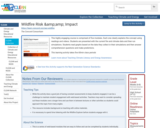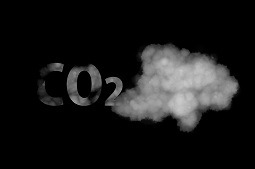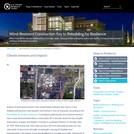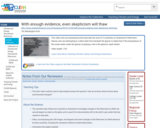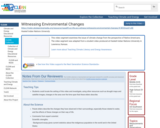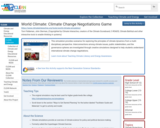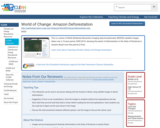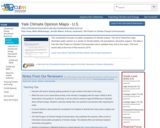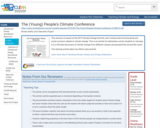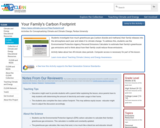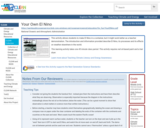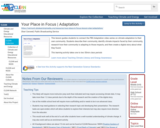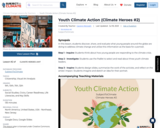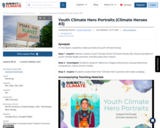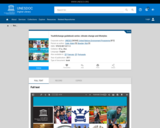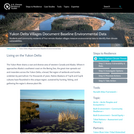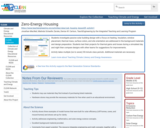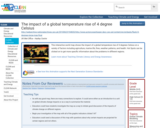SYNOPSIS: In this lesson, students create portraits of youth climate heroes.
SCIENTIST NOTES: The content of this lesson plan focuses on artistic techniques and uses climate activists as the inspiration. The activists’ stories and the video featured are accurate. Resources and the bulk of science information come from previous lesson plans in this series. This is recommended for teaching.
POSITIVES:
-Students will experience using real-world problems as the sources of their art-making.
-Students will use their art to impact others through education, influence, and inspiration.
-This lesson provides numerous choice-based approaches, from the content of the artwork, to the media used, to the composition and presentation of the work.
ADDITIONAL PREREQUISITES:
-This is lesson 3 of 3 in our 9th-12th grade Climate Heroes unit.
-Basic knowledge of drawing/painting art materials is required (such as pencil, colored pencil, pen, watercolor, acrylic, etc.). This lesson should only be attempted after students have some basic media familiarity.
-Basic understanding of elements of art/principles of design, composition, and use of thumbnails should be established prior to this lesson.
-Students should have some prior experience drawing facial features such as eyes, nose, mouth, etc.
DIFFERENTIATION:
-The timing of the lesson can be altered according to teacher preference.
-The Investigate section offers various supports for students about different art techniques. Teachers can eliminate or add to this depending on student ability.
-The Investigate section includes an advanced study of portrait composition that is 52 minutes long. It is sectioned into chapters, so teachers can select which clips are most relevant for their class.
-If students are overwhelmed with choice, teachers can assign a specific type of art media.
